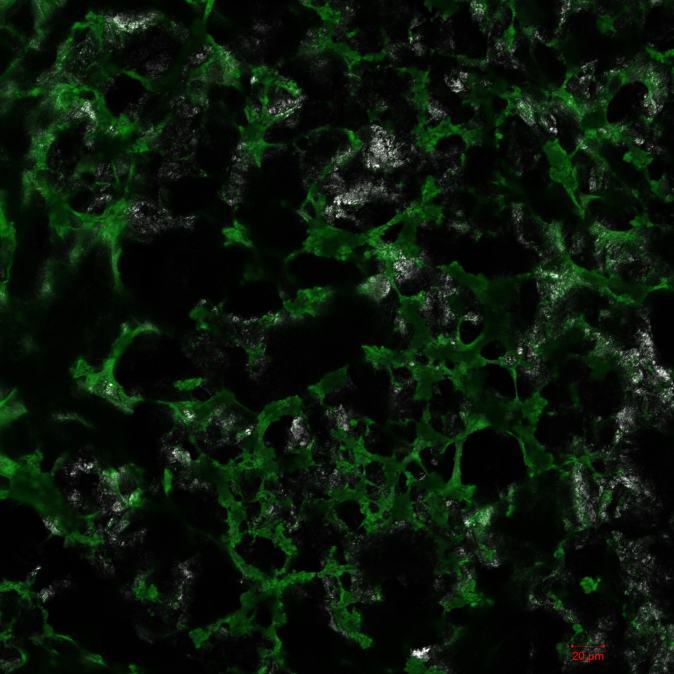
Young scientists from Tomsk State University have developed a new coating to protect functional implants made of titanium alloys. The gradient intermetallic nanocoating based on titanium nitride is more resistant to wear; it does not deform, protects the implant from corrosion and maintains its integrity in the human body.
High compatibility with biological fluids and deformation resistance to cracks are the most important features of the coatings for biomedical purposes. The development by scientists from the Laboratory for Medical Alloys and Shape Memory Implants of TSU exhibits all of these features.
“New coatings were obtained using a specially developed technique, which, unlike known analogues, allows the formation of an extensive isotropic diffusion zone – it firmly binds the coating to the implant surface. The test results showed that the intermetallic gradient coating also shows high electrochemical corrosion resistance in liquid close to physiological media,” said Ekaterina Marchenko, head of the Laboratory for Medical Alloys and Shape Memory Implants.
To obtain a gradient coating, alternating nanolayers of titanium and nickel are magnetron deposited with the following reaction-diffusion synthesis in a special gaseous medium at the melting temperature of peritectic. This synthesis procedure creates conditions for gradient layered crystallization of intermetallic oxynitrides and stable titanium nitride phases, which become a reliable barrier to oxygen diffusion into the substrate.
“Thin but continuous coating exhibits high wear resistance and strong adhesion. A number of experiments have shown successful cell compatibility of these coatings. At present, the second stage of the project has been completed. Next, we’ll study how the change in the reaction atmosphere will affect the intermetallic coating,” Marchenko added.
The study results were reported at the International Conference on Surfaces, Coatings and Interfaces Surf/Coat/Korea-2021 in the Republic of Korea.
Source: Year of Science.

